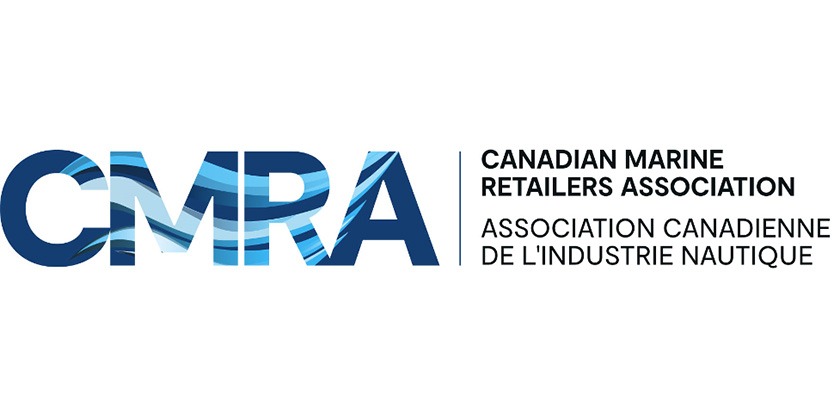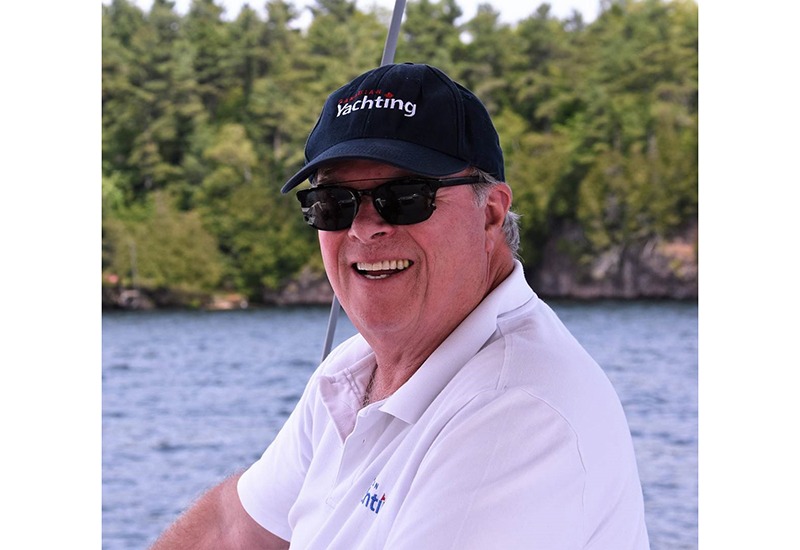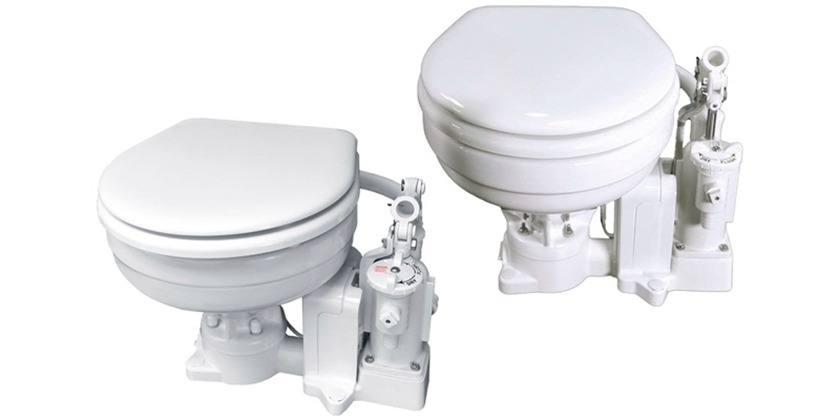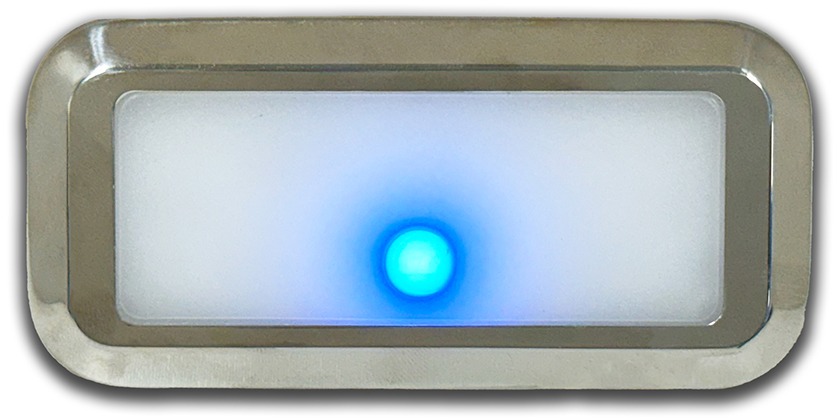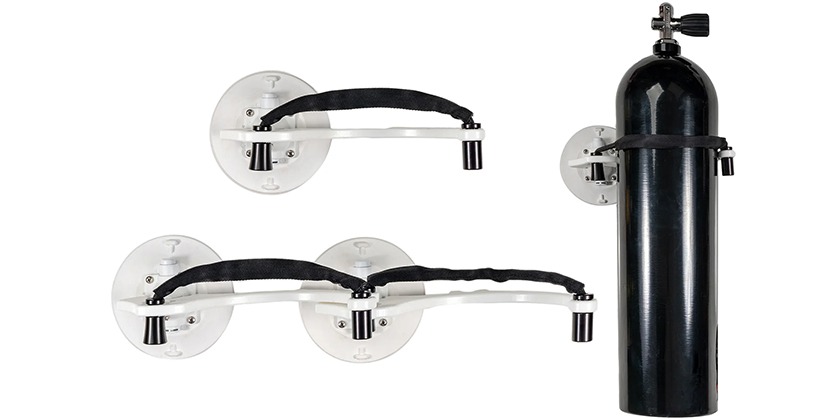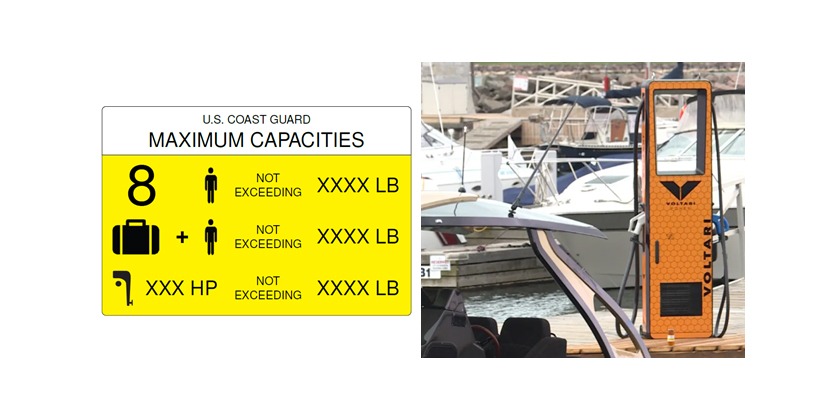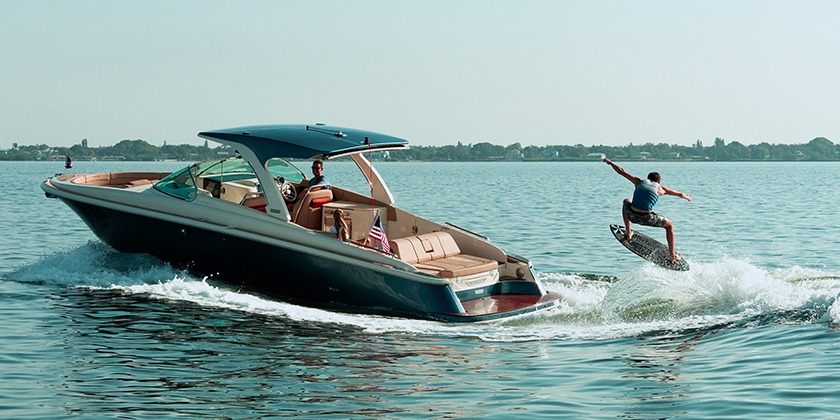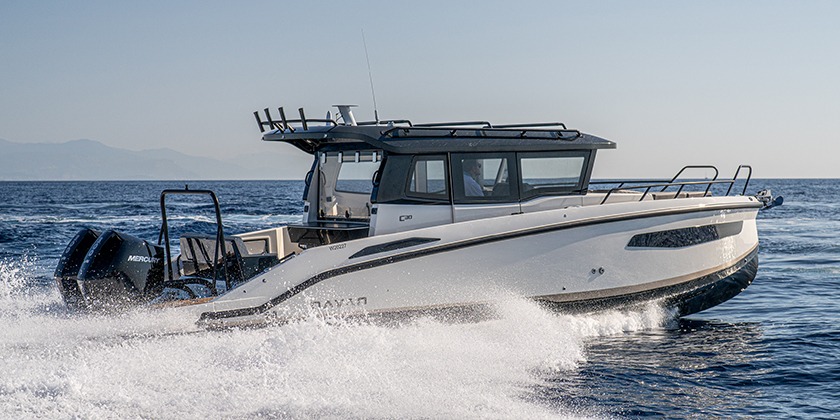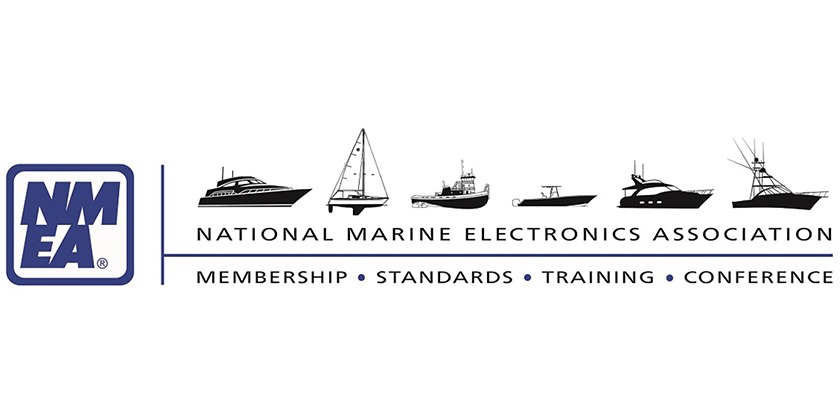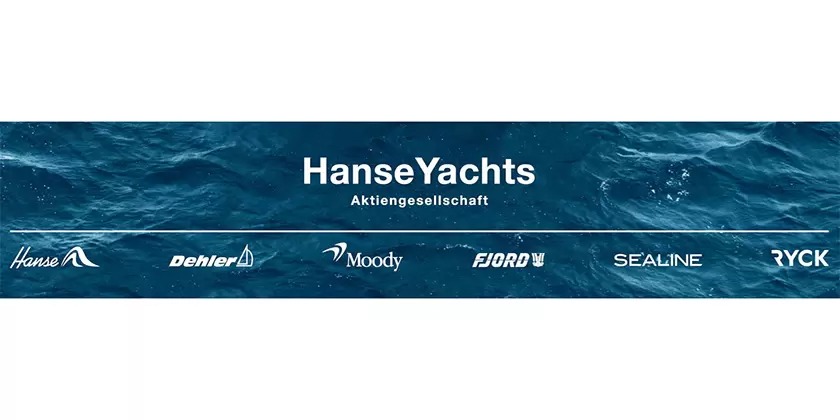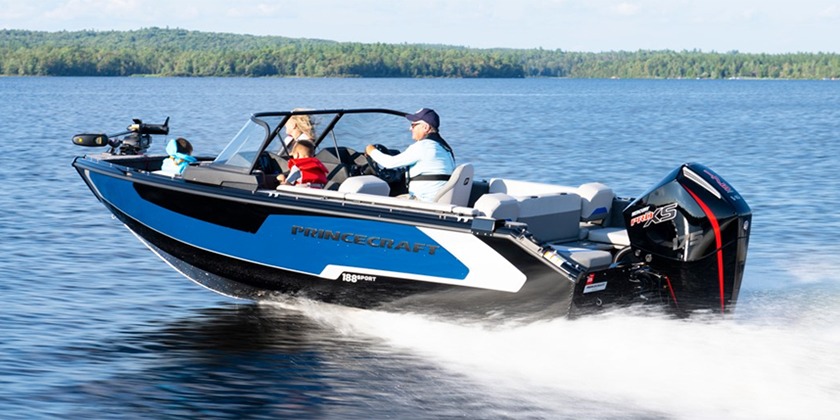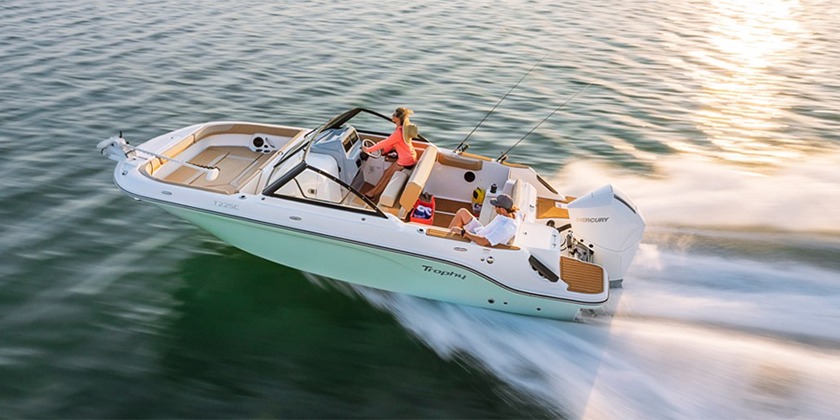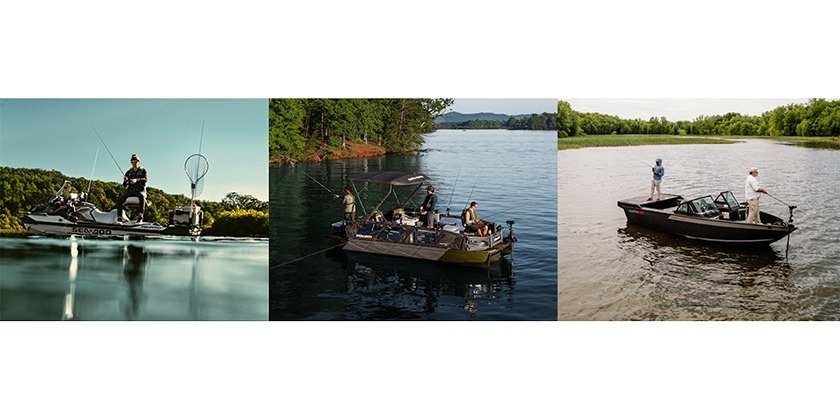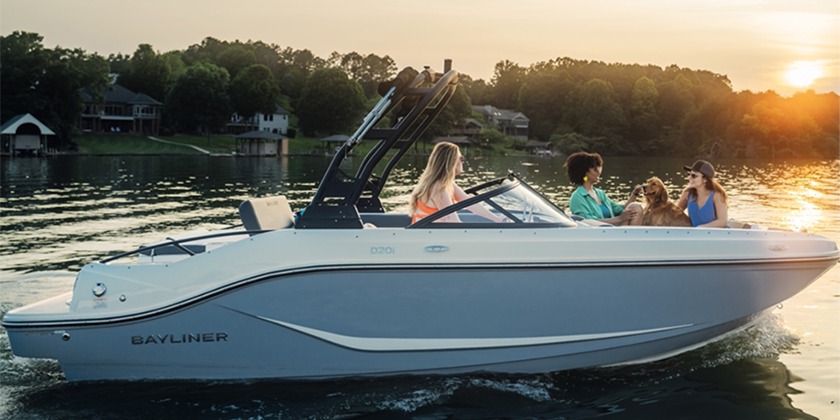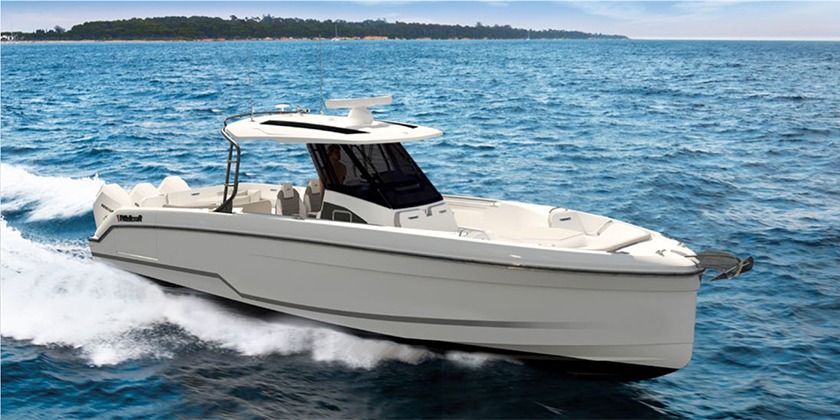Top Tips for wearing your Engine Cut-Off Switch lanyard
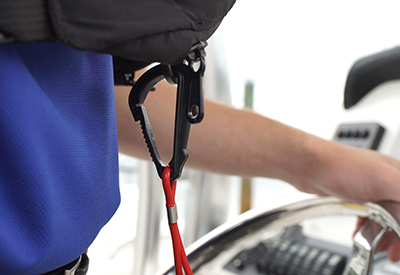
Apr 25, 2022
Last summer was the first full season that boaters in the United States were required to use an engine cutoff switch as a result of a new law that went into effect on April 1, 2021. The law mandates the use of either a helm or outboard lanyard or wireless engine cut-off switch (ECOS) on certain vessels less than 26 feet when traveling on plane or above displacement speed.
What have boaters learned while complying with the new law?
“There are no rules for how or where to attach an ECOS lanyard to your body,” said BoatUS Foundation for Boating Safety and Clean Water Assistant Director of Boating Safety Ted Sensenbrenner. “But there are some things to think about that will help you wear it when you need.” The boating non-profit offers top tips for wearing your ECOS lanyard:
• There are four common locations on the captain’s body to attach an ECOS lanyard. If one doesn’t work for your kind of boating, try another. Wrist-worn lanyards that have a quick-adjust hook-and-loop strap are commonly used on personal watercraft and may also work well at the helm of a powerboat. Life jackets often have a plastic ring to connect a lanyard clip, while pant belt loops are also convenient, and since that location is lower on the body, it may be less prone to snagging. Some boaters prefer attaching it even lower and secure the ECOS lanyard around a thigh or ankle. Just use caution to not overstretch the lanyard.
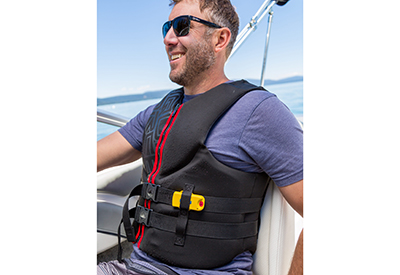 • According to the American Boat & Yacht Council, typical ECOS lanyards are 48 to 72 inches when fully extended. It’s OK to adjust the lanyard length based on boat configuration and operator location. “It’s a balance in finding freedom of movement and ensuring it won’t wrap around something or get snagged,” said Sensenbrenner.
• According to the American Boat & Yacht Council, typical ECOS lanyards are 48 to 72 inches when fully extended. It’s OK to adjust the lanyard length based on boat configuration and operator location. “It’s a balance in finding freedom of movement and ensuring it won’t wrap around something or get snagged,” said Sensenbrenner.
• Some ECOS devices eliminate the lanyard and rely on wireless proximity devices to shut down an engine if the operator goes overboard. While these wireless ECOS, typically worn as a bracelet or fob, cost more and require more care, they may be the easiest to wear for some boaters. Fobs can also be attached to a lanyard and worn around the neck, placed in a pocket or clipped to a belt or life jacket.
• A lanyard clip that you can use with one hand also makes ECOS wearing easier.
• No matter which kind of ECOS used, boaters need to learn how to bypass, rearm or reset an ECOS quickly in the event of an activation. Read the manual and practice at the dock.
• When you welcome guests and crew aboard, tell them how the ECOS works and the potential hazard created by ECOS activation and rapid deceleration. Having everyone keep clear of the lanyard is, as Martha Stewart says, “a good thing.”
• Even the simplest ECOS need some care. A faded lanyard may not be a reason to replace, but it is a reason to take a closer look. Plastic lanyard clips can become brittle, metal clips can corrode and the lanyard line can lose elasticity. These items are inexpensive to replace – and its good practice to keep a spare aboard in case the captain goes overboard and the crew needs to facilitate a swift and safe retrieval. Be sure to let your crew know where the spare is located in your pre-trip briefing.

